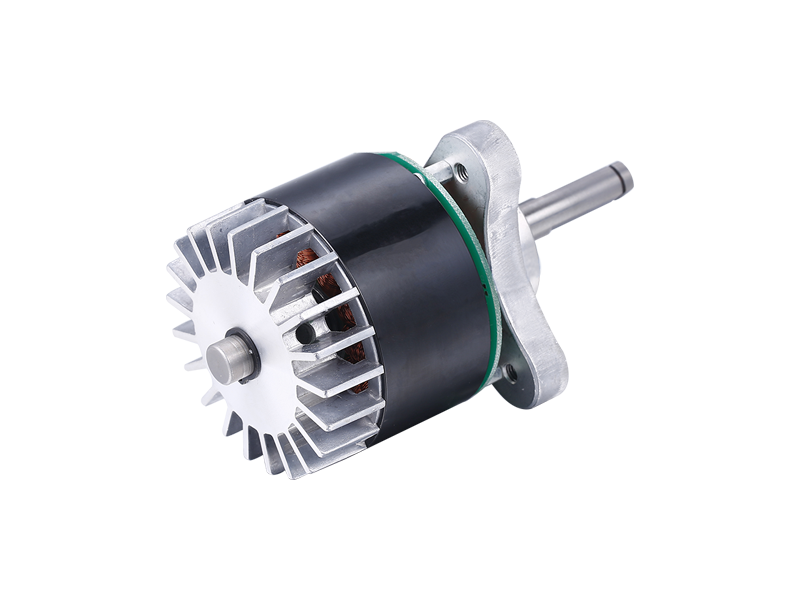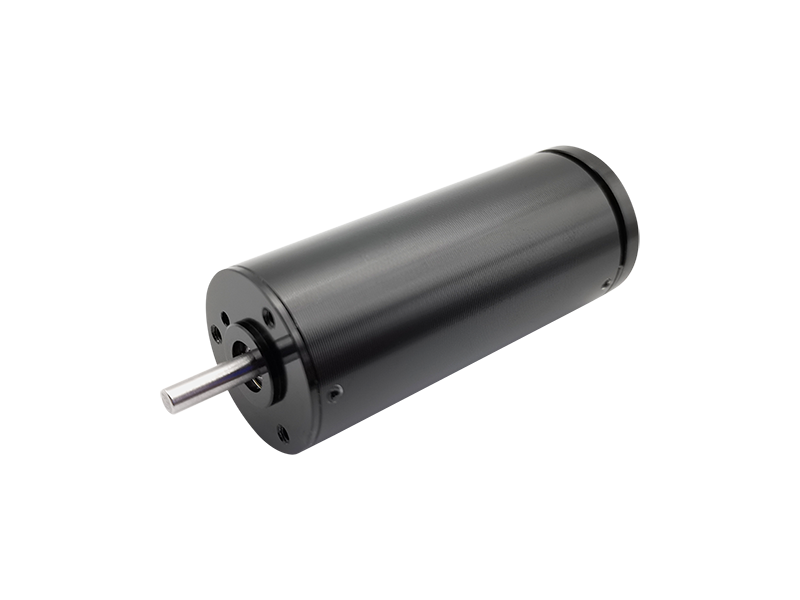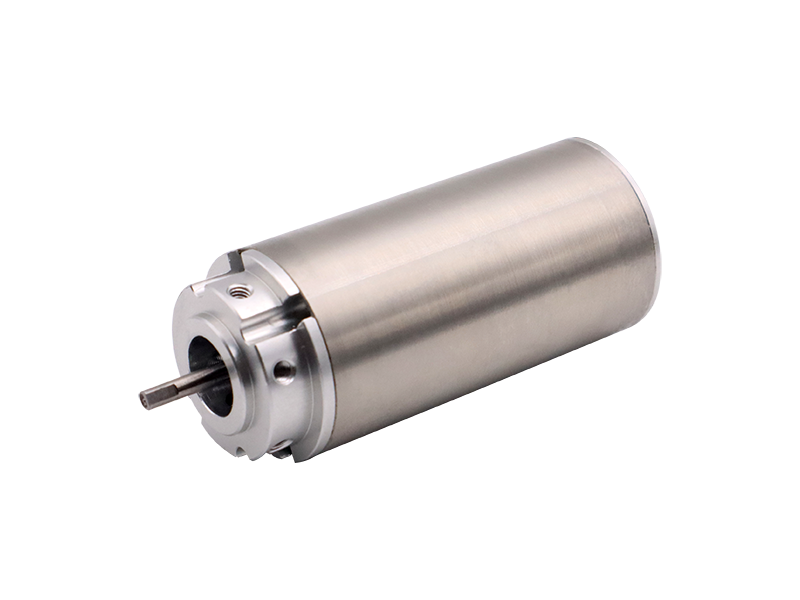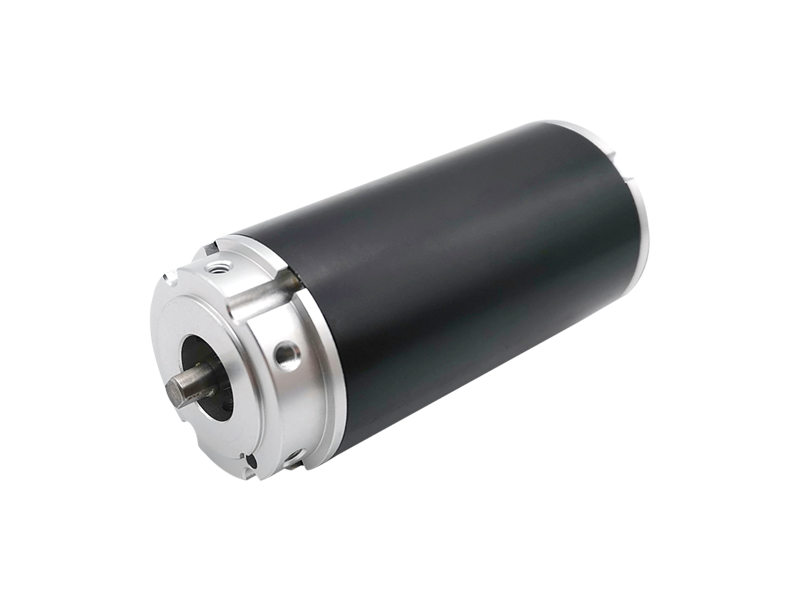What are the components of a brushless motor.
We all know that brushless motors have many advantages and are therefore widely used. Today we will take a look at the structure of a brushless motor.
A single brushless motor is not a complete power system, and brushless motors must be controlled by a brushless controller, also known as an electric controller, to achieve continuous operation. The ordinary carbon brush motor rotates the winding, while the brushless motor rotates the magnet regardless of whether it is the outer rotor structure or the inner rotor structure. So any motor is composed of both stator and rotor.

The stator of a brushless motor is the part that generates a rotating magnetic field and can support the rotor to rotate. It is mainly composed of silicon steel sheets, enameled wires, bearings, and supporting components; The rotor is a neodymium iron boron magnet, which rotates under the action of the rotating magnetic field of the stator. It is mainly composed of a shaft, magnets, and supporting components. In addition, the number of magnetic poles composed of stator and rotor also affects the speed and torque of the motor.
The front cover, middle cover, and back cover of a brushless motor are mainly integral structural components that play a role in constructing the overall structure of the motor. However, the outer shell of the brushless motor with an outer rotor is also the magnetic circuit path of the magnet, so the shell must be composed of a magnetic conductive material. The outer shell of the inner rotor is only a structural component, so the material is not limited. However, the inner rotor motor has an additional rotor core compared to the outer rotor motor, which also serves as a magnetic circuit path.
Magnet: It is installed on the rotor and is an important component of brushless motors. The vast majority of performance parameters of brushless motors are related to magnets, including power, speed, torque, etc.
Silicon steel sheet: It is an important component of slotted brushless motors. Of course, slotted brushless motors do not have silicon steel sheets, but currently the vast majority of brushless motors have slots. Its main function in the entire system is to reduce magnetic resistance and participate in magnetic circuit operation.
Shaft: It is the direct force bearing part of the motor rotor, and the hardness of the shaft must meet the requirements for high-speed rotation of the rotor.
Bearings: are the guarantee for smooth motor operation. Bearings can be divided into sliding bearings and rolling bearings, and rolling bearings can be further divided into ten categories: deep groove ball bearings, needle roller bearings, and angular contact bearings. Currently, most brushless motors use deep groove ball bearings.
Due to the absence of brushes and commutators in brushless motors, there will be no issues such as brush wear and commutator sparks, making them highly reliable and have a long service life. Brushless motors typically use permanent magnets as rotors, which have advantages such as high efficiency, high precision, and low noise.













